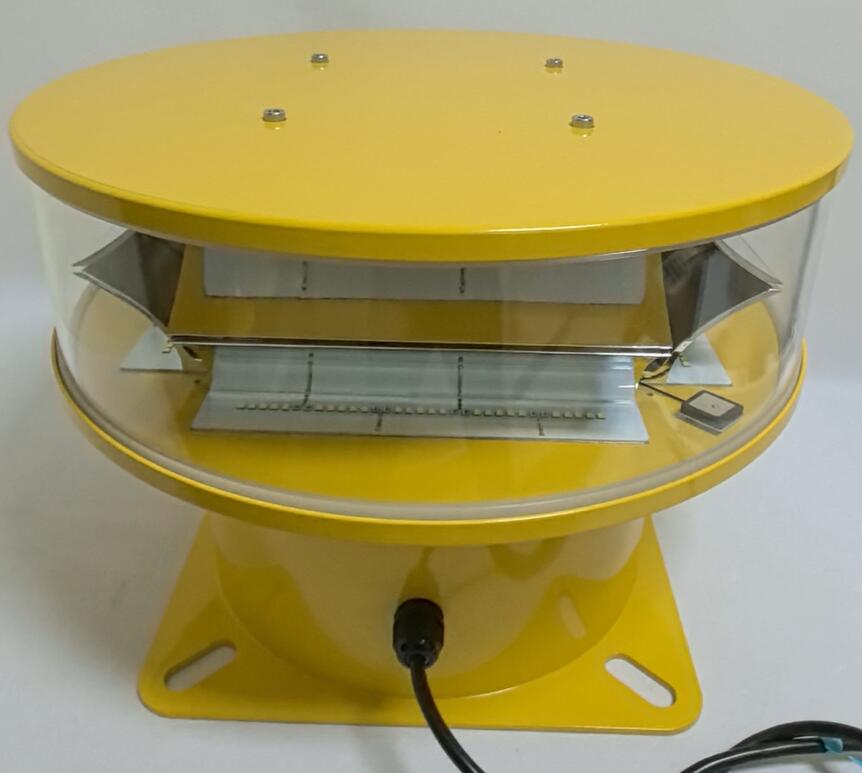Innovations in Obstruction Light Factory: Leading the Way in Aviation Safety
The aviation industry relies heavily on obstruction lights to ensure the safety of aircraft, especially during low visibility conditions. An obstruction light factory plays a crucial role in manufacturing high-quality, reliable lighting solutions that prevent collisions with tall structures such as towers, wind turbines, and skyscrapers. As technology advances, these factories are adopting innovative designs, energy-efficient solutions, and smart systems to enhance performance and sustainability.
This article explores the latest trends in obstruction light factory production, key industry standards, and the future of aviation safety lighting.
The Importance of Obstruction Lights
Obstruction lights serve as visual markers for pilots, helping them identify potential hazards. The International Civil Aviation Organization (ICAO) and the Federal Aviation Administration (FAA) have strict regulations regarding their installation and performance. Key types include:
Low-intensity obstruction lights – Used for structures below 45 meters.
Medium-intensity obstruction lights – For structures between 45 and 150 meters.
High-intensity obstruction lights – Required for structures exceeding 150 meters.

An obstruction light factory must ensure compliance with these standards while improving durability and efficiency.
Technological Advancements in Obstruction Light Manufacturing
1. LED Technology Dominance
Traditional incandescent and halogen lights are being replaced by LEDs due to their:
Longer lifespan (up to 100,000 hours)
Lower power consumption
Higher brightness and visibility
Modern obstruction light factory units now integrate advanced LED modules with optimized beam angles for maximum coverage.
2. Solar-Powered Solutions
To reduce energy dependency, many factories are producing solar-powered obstruction lights. These systems include:
High-efficiency photovoltaic panels
Long-lasting lithium batteries
Automatic dusk-to-dawn operation
This innovation is particularly beneficial for remote locations where grid power is unreliable.
3. Smart Monitoring Systems
IoT-enabled obstruction lights are becoming standard in modern factories. Features include:
Remote brightness adjustment
Real-time fault detection
Automated alerts for maintenance
These systems minimize downtime and enhance reliability, crucial for critical infrastructure.
| High-intensity obstruction lights |
4. Enhanced Durability
Obstruction lights face harsh weather conditions, so factories now use:
Corrosion-resistant materials (e.g., marine-grade aluminum)
IP66 or higher waterproof ratings
| High-intensity obstruction light |
Impact-resistant polycarbonate lenses
Such improvements ensure uninterrupted operation in extreme environments.
Compliance and Certification
A reputable obstruction light factory must adhere to international standards, including:
ICAO Annex 14 – Specifies light intensity and placement.
FAA AC 70/7460-1L – Guidelines for obstruction marking in the U.S.
CE & ATEX Certification – Ensures safety in explosive atmospheres.
Regular audits and testing (e.g., photometric analysis, environmental stress tests) guarantee product reliability.
Future Trends in Obstruction Lighting
The industry is evolving with:
AI-Powered Predictive Maintenance – Reducing failures through data analytics.
Dual-Light Systems – Combining red and white LEDs for better visibility.
Wireless Synchronization – Ensuring simultaneous flashing across multiple units.
As urbanization and wind energy projects expand, the demand for advanced obstruction lights will grow, pushing factories to innovate further.
An obstruction light factory is at the heart of aviation safety, producing critical devices that prevent accidents. With advancements in LED technology, solar power, and smart monitoring, these factories are setting new benchmarks in efficiency and reliability. As regulations tighten and technology progresses, the industry will continue to prioritize innovation, ensuring safer skies for years to come.
Investing in high-quality obstruction lights from a certified manufacturer is not just a regulatory requirement—it’s a commitment to safeguarding lives and infrastructure.
